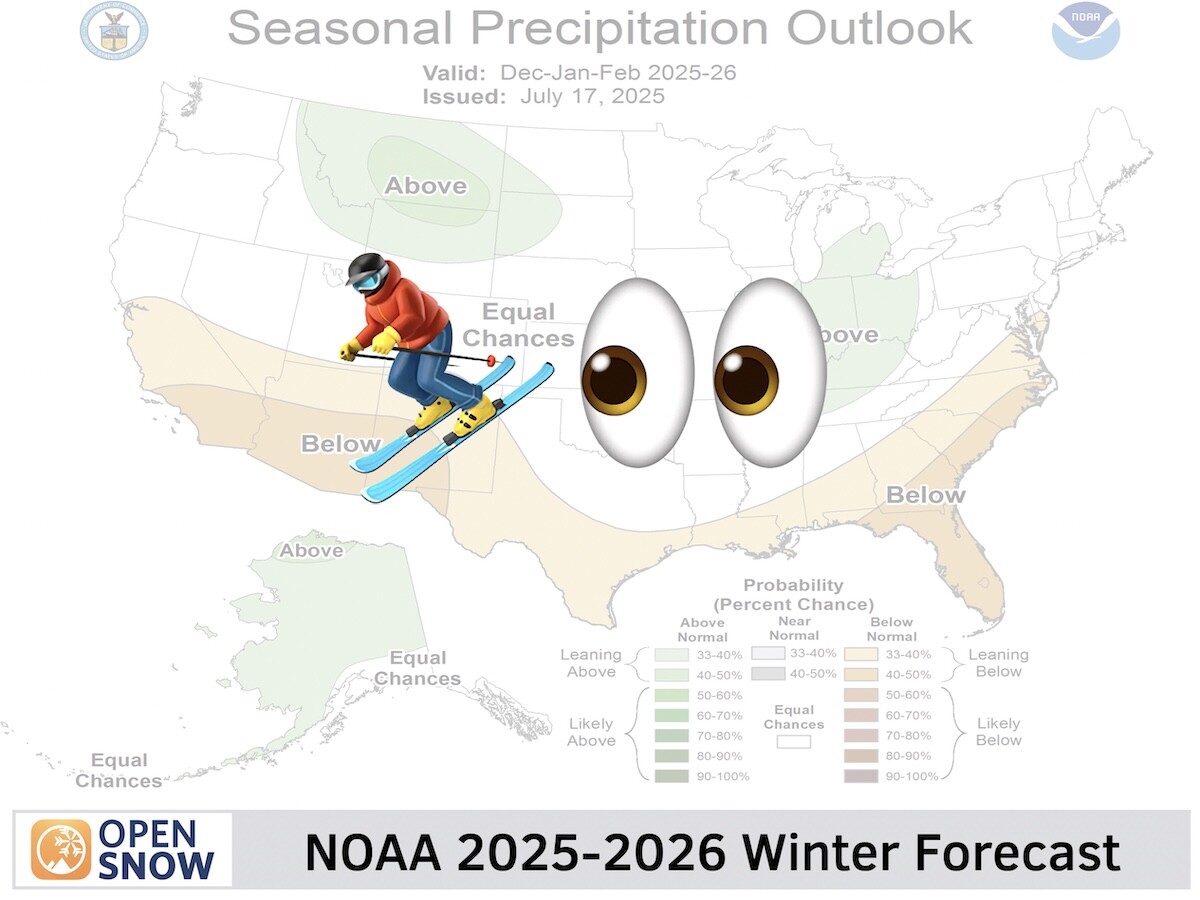News

By Bryan Allegretto, Forecaster Posted 5 years ago October 10, 2019
The Jet Stream - Explained
Most people hear the term Jet Stream and think of storms. We want to go slightly deeper and explain a little bit more about the jet stream and ways you could use it to help forecast powder days.
In the 1920s, a Japanese meteorologist tracked high-altitude balloons and first understood that there might be an area of faster-moving winds in the upper atmosphere. Pilots during World War II helped to solidify our understanding of this phenomenon. Today we have satellites and computer models that help us to observe and forecast the jet stream patterns.
The Definition of a Jet Stream
The definition is "An area of faster-moving winds in the upper atmosphere". Think of it as a river of fast-moving air around 30,000 feet in elevation. This atmospheric river is constantly changing position, shape, and speed. The wind within the jet stream can blow at 100 to 200 mph, much faster than air away from the jet stream, which usually sticks to speeds of less than 50 mph.
Latitudinally (north-to-south), the jet stream is located between warmer (rising) air and colder air (sinking) air. The rapid change in temperature between the cold and warm air forces a faster flow of air at about 30,000 feet.

The Location of Jet Streams
There are two jet streams in each hemisphere. The polar jet stream is usually the stronger of the two and is most often located over the mid-latitudes (near the United States, Canada, and Europe). The subtropical jet stream is weaker and is often located much farther south, such as the southern part of the United States.

During an El Nino, we can see a strengthening of the subtropical jet stream in the northern hemisphere during the winter months.
How the Jet Stream Helps Us Forecast Snow
What the jet stream provides to a storm is lift. Snow is formed when moisture in the atmosphere is lifted. Lifted air expands, cools, and the moisture condenses into snow. Due to some complicated physics equations, the jet stream at 30,000 feet helps to lift the atmosphere below it, so mountains that are below the jet stream can see additional snowfall due to the added lift provided by the jet stream.

To find the jet stream on a weather map, you’ll often look for the 250mb or 300mb wind speed maps. These charts show winds at about 30,000 to 35,000 feet, and regions of faster-moving winds usually show the location of the jet stream.

The jet stream can steer the storm track, so knowing where the jet stream is located can suggest where storms may travel. It can also help to show where areas of heavier snow and stronger winds could affect the mountains. But it is only one piece of the complicated recipe of snow forecasting.
Download the OpenSnow app and stay tuned to our forecasts for the latest weather updates.
BA
About The Author




